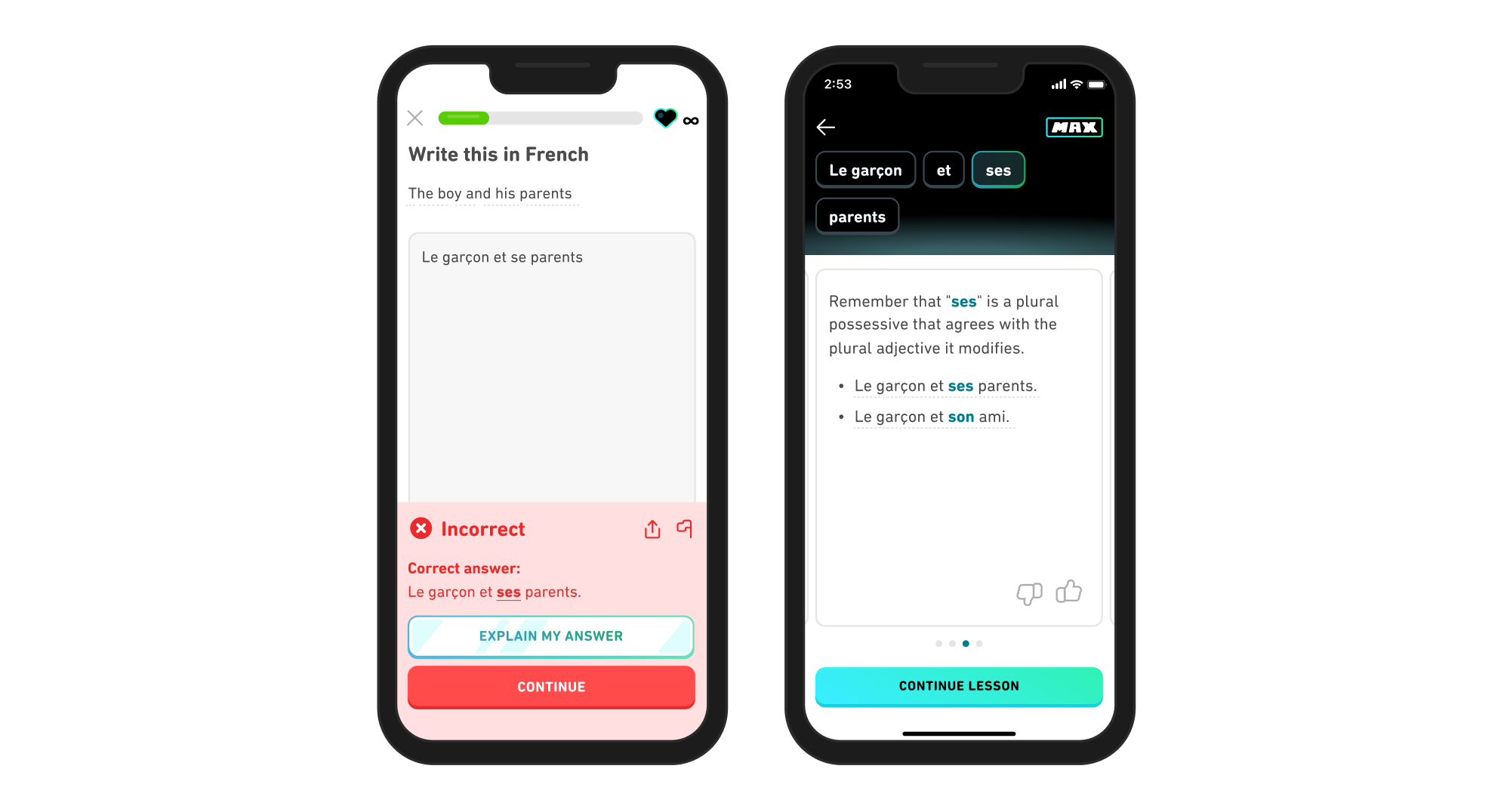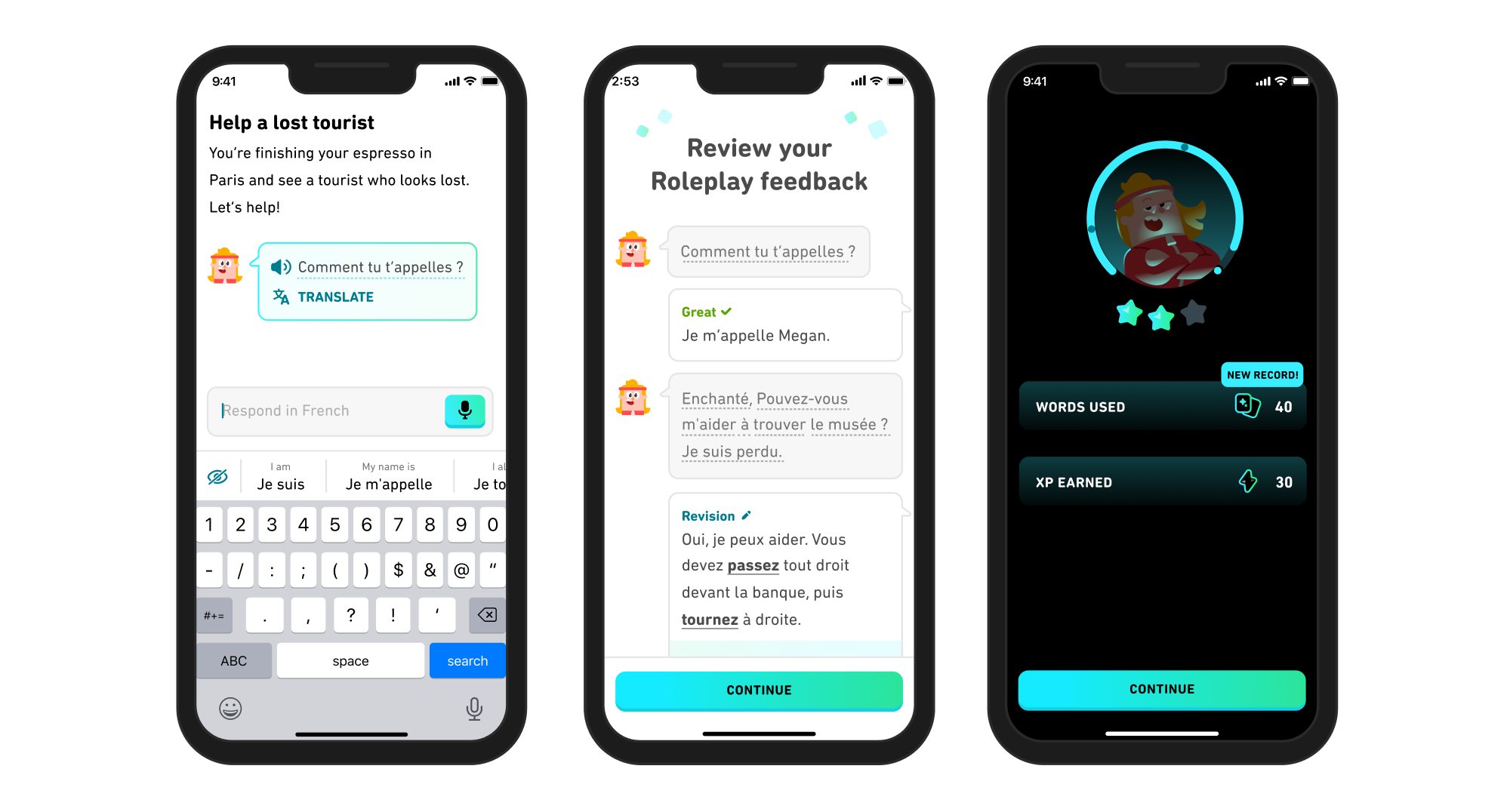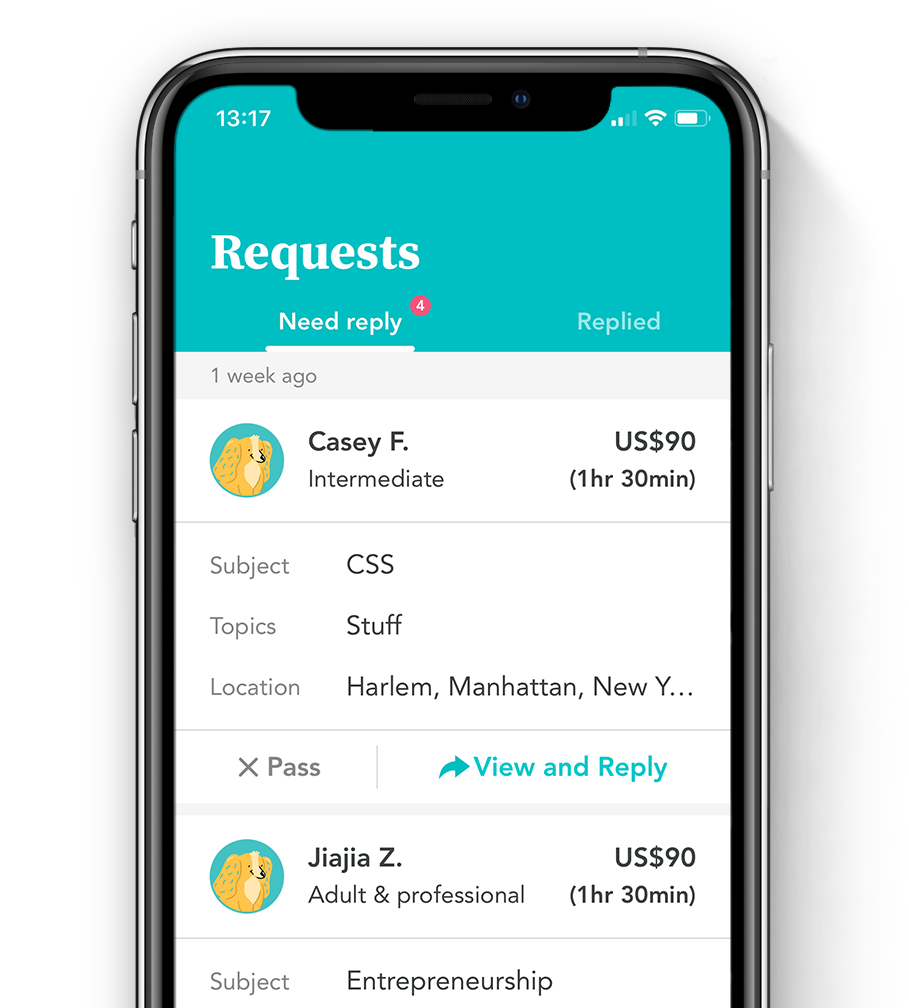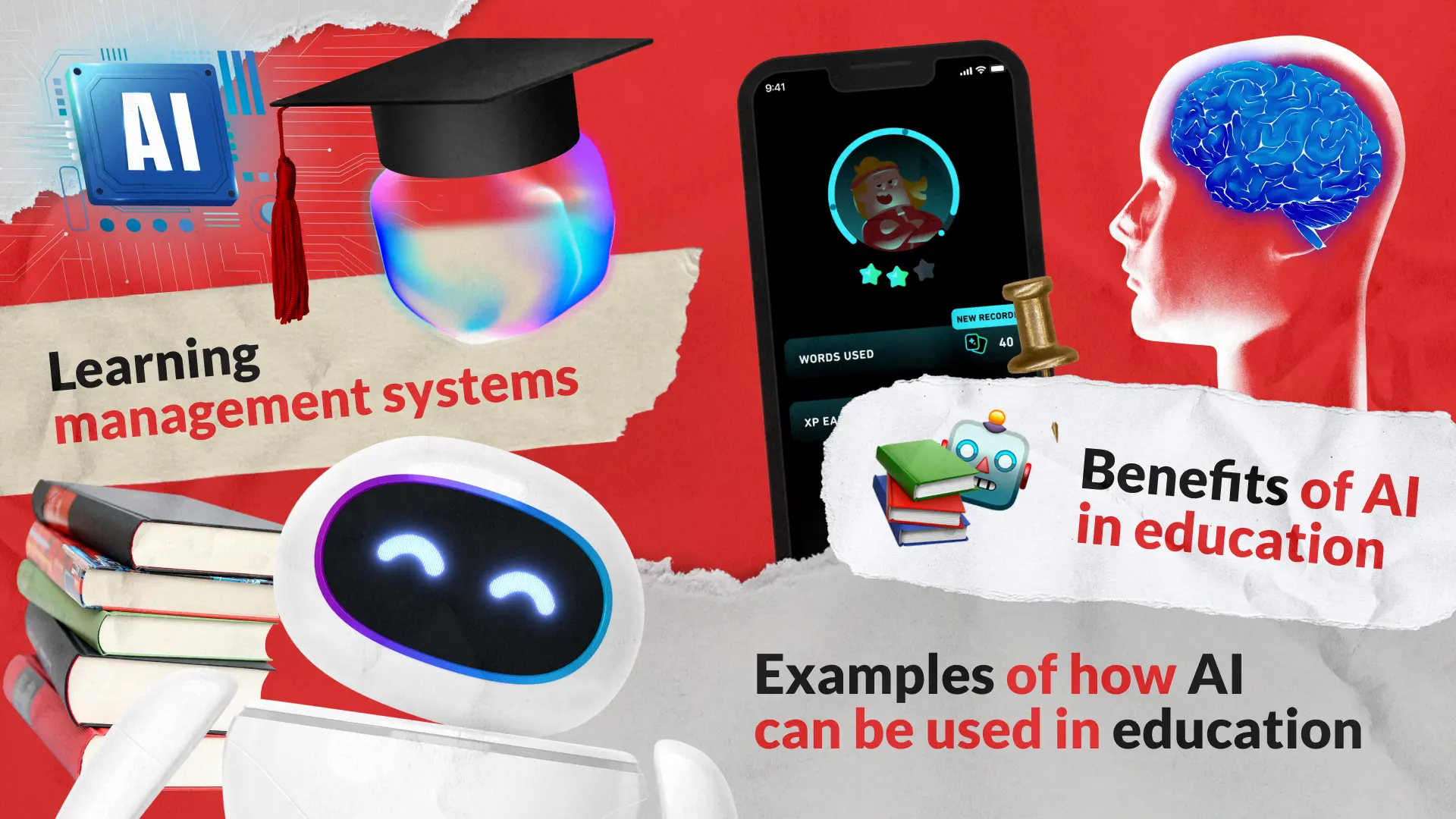Pink Floyd’s famous lyrics, “We don’t need no education,” once symbolized rebellion against traditional learning paradigms. But today, the demand for advanced educational technology couldn’t be more urgent. Picture a future where businesses innovate with groundbreaking products, only to find a lack of individuals equipped to utilize them. Investing in EdTech isn’t a luxury – it’s a necessity.
Across North America, generative AI is seamlessly integrated into educational technology through widespread adoption of AI-driven personalized learning platforms, intelligent tutoring systems, and content-generation tools. Similarly, in Europe, educational institutions closely collaborate with tech firms to harness AI for curriculum development, assessment, and teacher support. Notably, governments in countries like China, India, and South Korea are heavily investing in AI-driven educational initiatives to address challenges such as access to quality education, teacher shortages, and scaling personalized learning.
Last year the global education technology market topped $142 billion and is expected to grow at a CAGR of 13.6% over the next three years.
AI use cases in education emphasize the desire to make education more accessible, the duty to improve learning outcomes ethically, and the strategic objectives to capitalize on emerging market trends. Let’s explore the many uses of AI in education, and how you can leverage these advancements to stay ahead.
AI technologies used in education
First, we should discuss the common AI technologies used in education that enhance learning experiences, streamline administrative tasks, and provide personalized support.
Machine learning (ML):
ML harnesses data analysis and pattern recognition. ML will analyze student data and behavior to create personalized learning paths and recommendations for utilization.
Natural language processing (NLP):
NLP interprets and analyzes human language to handle tasks like automated essay scoring, language translation, and chatbot queries.
Computer vision:
Computer vision analyzes visual content like images and videos. This allows it to track attendance with facial recognition, grade handwritten assignments, and power interactive learning apps.
Speech recognition:
Enables the transcription of spoken language into text. Speech recognition is perfect for language learning apps, virtual tutors, and accessibility tools for students with disabilities.
Recommendation systems:
AI-powered recommendation systems suggest personalized content. In the context of education, they could recommend courses, textbooks, and additional resources based on a student’s learning history and preferences.
Benefits of AI in education
AI-powered tools influence the ways we teach, learn, and manage educational institutions. AI can tailor educational content to each student’s needs, streamline administrative tasks, and pave the way for innovative teaching methods, from VR simulations to AI-powered chatbots. Let’s dig deeper into exactly what AI does.
Enforces a personalized learning experience
Kris Jenner works hard, but social media algorithms work harder by constantly suggesting new content that we might like. Learning with AI can become as addictive as doom-scrolling. AI-driven adaptive learning platforms can customize lessons based on student performance, behaviors, and preferences.
Social media algorithms ensnare us by constantly suggesting new content that we might like. Learning with AI could become as addictive as this “doom-scrolling”, but with better intent. AI-driven adaptive learning platforms can customize lessons based on student performance, behaviors, and preferences.
Machine learning algorithms are core to adaptive learning platforms. They continuously analyze student performance data to identify patterns, learning behaviors, and preferences. By doing so, a learning platform can adjust task difficulty, suggest further reading, and provide real-time feedback with AI-generated responses.
Takes away administrative headaches
Automated grading and feedback AI algorithms can quickly and accurately grade assignments, quizzes, and tests. This saves teachers time and provides students with timely feedback. This also allows educators to focus on more meaningful student interactions rather than administrative tasks.
Additionally, AI software plays an important role in managing tests and interviews to ensure accuracy and integrity. Using web cameras, a microphone, and a web browser, AI systems monitor the user and analyze keystrokes to detect any suspicious behavior. If an irregularity is detected, the system immediately alerts the administrator.
AI systems will automate grading and evaluation systems. The machine learning system will analyze student submissions and provide immediate feedback, facilitating quick turnaround times for assignments and assessments.
Provides access to education
AI-powered tools enhance accessibility for students with disabilities. For example, AI can convert text to speech for visually impaired students or provide real-time subtitles for those who are hearing impaired. These technologies ensure that all students have equal access to educational resources, promoting inclusivity.
Creates data-driven teaching strategies
AI systems may find patterns, trends, and correlations in student behavior and performance data that average educators might not see right away. These data-driven insights help educators identify areas where students are struggling and adjust their teaching strategies accordingly. This proactive approach can significantly improve educational outcomes. Georgia State University employs predictive analytics to track student performance and identify those at risk of academic failure. The system uses over 800 predictive variables to guide interventions.
Expands access with transformative VR learning
AI-driven simulations empower students with hands-on experiences by immersing them in inaccessible environments through VR. Picture medical students at Stanford using VR to practice surgeries, students exploring the ocean’s depths without leaving their classroom, or employees mastering high-pressure training scenarios. This tech doesn’t just enhance learning; it cuts down on travel, saves resources, and promotes sustainability. Plus, AI supercharges engagement and understanding by creating hands-on, interactive experiences that are both captivating and educational. Dive into the future of learning, where every student can explore, engage, and excel in ways never before possible.
Examples of how AI can be used in education
Explore the transformative impact of AI on educational apps, from personalized learning journeys in language-learning applications like Duolingo to gamified STEM education experiences with apps like LightBot.
Learning management systems
The quarantine periods during the COVID-19 pandemic kickstarted a breakthrough of LMS. Web applications underwent design primarily for online education that enables educational institutions to create and manage courses.
AI is transforming LMS platforms by providing personalized learning paths, automated grading, and progress tracking.
Canvas is a prime example of AI in education. It is a comprehensive LMS, developed by Instructure. The system leverages various AI technologies to deliver personalized learning experiences effectively. It employs machine learning algorithms to analyze student performance data, identifying when a student struggles with a particular concept such as mathematics, and subsequently offers additional exercises and resources to help the student master that concept.
Language-learning applications
These apps are probably the most common examples of AI in education. AI-powered language-learning applications like Duolingo, Babbel, and iTalki use NLP and ML to adjust learning paths to individual users’ needs. These apps offer 24/7 educational content, in-depth progress reports, and gamification features, making language learning engaging and accessible.
The Duolingo app, for example, launched the first and only high-stakes test to use AI and machine learning end-to-end at every step of the process. In 2023, they introduced Duolingo Max, a new subscription tier that gives learners access to two brand-new features: Explain My Answer and Roleplay. Both are powered by the newest generative AI technology. With the Explain My Answer feature, users get instant feedback on their answers. With a tap, you can chat with Duo to find out if you nailed it or missed the mark with a simple explanation, example, and all the clarity you need.

Roleplay helps users practice real-world conversation skills with customized characters in the app. Users aren’t actually talking to a live human, the AI behind this feature is responsible for being responsive and interactive. How incredible is it that AI can help us by creating real life scenarios to practice different languages? Safe to say, there will be fewer “donde esta la biblioteca” questions

STEM education apps
Science, Technology, Engineering, and Mathematics (STEM) apps leverage AI to teach complex concepts in a gamified format. Examples include virtual science labs, engineering problem-solving apps, and interactive puzzles. Popular STEM education apps include Star Walk, LightBot, and Photomath.
Social-emotional learning (SEL) apps
SEL apps help users develop emotional intelligence by managing stress, interpreting emotions, and making ethical choices. AI enhances these apps by providing personalized feedback and tracking emotional progress. Notable SEL apps include Flip, Mightifier, and Inner Explorer.
Online learning platforms
Online learning platforms like Coursera, Udemy, and Khan Academy use AI to provide personalized course recommendations, automated grading, and real-time feedback. These platforms offer various courses and collaborate with universities and organizations to deliver flexible learning opportunities globally.
Classroom management and communication tools
AI-powered tools for classroom management & communication include virtual labs, telepresence robots, and platforms that engage parents in the learning process. Amongst the various AI applications in education; Labster, No Isolation’s AV1 telepresence robot, and the Remind platform have been found the most useful.
Video conferencing applications
Video conferencing tools like Google Meet, Skype, and Zoom became essential during the COVID-19 pandemic. AI enhances these tools by providing real-time transcription, virtual backgrounds, and noise cancellation. Dedicated EdTech video conferencing tools like Blackboard’s Class Collaborate offer specialized features for educational settings.
Student information systems
SIS manage student enrollment, academic records, class schedules, payments, and communication. AI enhances SIS by automating administrative tasks and providing predictive analytics to improve student management. Examples include PowerSchool, Skyward, and SAP for Higher Education and Research.
How we helped our clients with EdTech solutions
At Redwerk, we specialize in developing custom LMS and e-learning software solutions that leverage AI to enhance educational experiences. Our expertise spans various sectors, including schools, corporate training centers, and online education platforms through artificial intelligence development services. Here are some examples of how we have helped our clients:
Northeastern University
We collaborated with Northeastern University to build a brand governance portal used by over 3,000 faculty members across the USA, Canada, and the UK. Our solution enabled faster content publishing, streamlined website maintenance, and improved user experience through responsive designs and thorough testing.
AWE Learning
For AWE Learning, a leading supplier of interactive resources for early childhood education, we developed a cloud-based version of their Early Literacy Station. Our SaaS solution, Platinum Online, is now used by 50% of all US public libraries, providing young learners with accessible and engaging educational content.
Gooroo
Gooroo, an online tutoring platform, benefited from our expertise in developing a comprehensive e-learning solution that connects students with qualified tutors. Our platform has a matchmaking feature, ensuring that students find the best tutors to meet their educational needs.
Conclusion
AI is transforming EdTech by offering custom learning experiences, checking off boring administrative tasks, and providing data-based insights. By leveraging AI, educational institutions and businesses can improve efficiency, reduce costs, and provide personalized education to meet the diverse needs of their students.
At Redwerk, we are committed to helping our clients harness the power of AI to create impactful and effective e-learning solutions. Whether you are a school, corporate training center, or online education platform, our expertise in AI-driven EdTech solutions can help you achieve your educational goals.
Frequently Asked Questions (FAQ)
What is the impact of AI in the education industry?
AI is revolutionizing the education industry by providing personalized learning experiences, improving administrative efficiency, enhancing accessibility, offering data-driven insights, and reducing costs. These advancements help educators better meet the diverse needs of their students and improve overall educational outcomes.
What are the benefits of integrating AI into educational practices?
Integrating AI into educational practices offers several benefits, including:
- Personalized learning experiences tailored to individual student needs
- Increased efficiency in administrative tasks such as grading and attendance tracking
- Greater accessibility for students with disabilities
- Valuable insights through data analytics to inform teaching strategies
- Cost savings through automation and scalable solutions
How can AI help in managing educational institutions?
AI can assist in managing educational institutions by automating administrative tasks, providing predictive analytics to forecast student performance, and offering virtual learning assistants to support students. Additionally, AI can help optimize resource allocation and streamline communication between educators, students, and parents.
Are there any risks or challenges associated with using AI in education?
While AI offers numerous benefits, there are also risks and challenges to consider, including:
- Data privacy and security concerns, especially when handling sensitive student information
- The potential for bias in AI algorithms can affect the fairness and accuracy of AI-driven decisions
- The need for significant investment in technology infrastructure and training for educators to effectively implement AI solutions
- Making AI tools accessible and user-friendly for all students, including those with disabilities
What is the future of AI in education?
The future of AI in education is all about personalization and efficiency. Think personalized learning paths for each student, automated grading systems that save teachers hours, and AI-powered tutors that are available 24/7. Imagine virtual classrooms with real-time feedback and smart content recommendations. AI is set to make education more tailored, accessible, and effective for everyone.
See how we helped Gooroo match the right tutors and students based on their profiles and expectations.




